Performing Arts
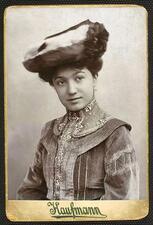
Lina Abarbanell
The talented singer Lina Abarbanell had a gift for lighter musicals and operettas with complicated, Viennese flourishes, and several composers wrote parts specifically for her distinct soprano. Following her successful international performance career, Abarbanell became a well-known casting director, Broadway producer, and occasional director.
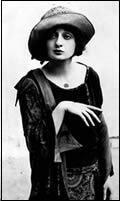
Celia Adler
Celia Adler’s popularity as a Yiddish actor made her a force in the Yiddish art theater movement, where she was loved for her ability to combine pathos and charm. In 1918, she joined Maurice Schwartz’s Yiddish Art Theater, and in 1919 she founded the Jewish Art Theater with several other actors. Her successful performance career lasted until her last film, Naked City, in 1948.
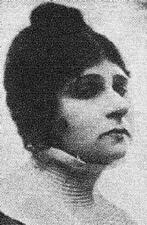
Sara Adler
In her powerful performances of plays ranging from Shakespeare’s tragedies to Ibsen’s A Doll’s House, Sara Adler helped elevate the possibilities of Yiddish theater. Although her reputation as an artist must have benefited from the association with her husband, Jacob P. Adler, Sara Adler was an admired actor and a strong presence on the Yiddish stage.

Stella Adler
As an actress, director, and teacher, Stella Adler transformed a generation of American actors. After achieving stardom in films and on stage, Adler traveled to Paris to rethink the possibilities of Method acting with Stanislavsky. She transmitted the new acting techniques to her students and energized a generation of younger actors who shared her passion for the theater.
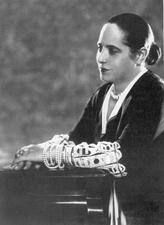
Advertising and Consumer Culture in the United States
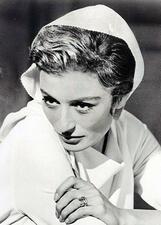
Anouk Aimée
French actress Anouk Aimée is perhaps best known for her remarkable presence as an icon of cool, sophisticated beauty in more than seventy films across seven decades. She brilliantly dramatized her identity as a Jewish woman affected by the burden of history in her 2002 role as a Holocaust survivor returning to Auschwitz in La Petite prairie aux bouleaux (The Little Meadow of Birch-Trees).
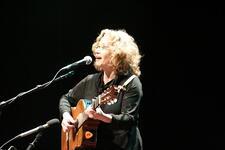
Chava Alberstein
Chava Alberstein is a singer-songwriter who by the end of 2020 had recorded over 60 albums (including eight albums in Yiddish but not including singles and song collections), more than any other Israeli singer. Alberstein has toured globally and is considered one of the most important female performers of Hebrew music, Yiddish folk songs, and children’s songs.
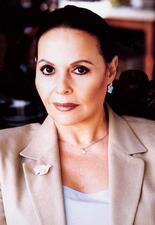
Gila Almagor
Israeli writer, actress, and filmmaker Gila Almagor’s acclaimed 1988 autobiographical film Summer of Aviya and its sequel Under the Domin Tree bought attention to post-Holocaust trauma and depression, which were often scorned by Israeli society. Almagor is also a founder of the Israeli Union of Performing Artists, the Tel Aviv International Film Festival, and the Gila Almagor Wishes Foundation.
Eleanor Antin
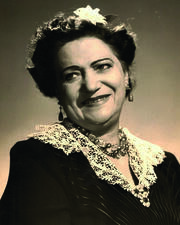
Anna Appel
Anna Appel was known for her performance of motherly characters in Yiddish and English roles and had a successful career in Yiddish vaudeville, film, and on Broadway. Appel had her big break in 1918 in Morris Schwartz’s popular Yiddish Art Theater; she performed there for ten years, before moving to Yiddish film. In 1928 she made her Broadway debut and performed until 1959.
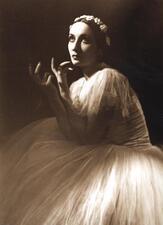
Mia Arbatova
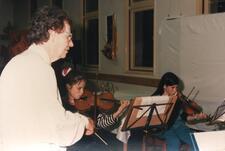
Chaya Arbel
Raised as a kibbutznik and taught that music was frivolous, Chaya Arbel only began pursuing a musical career in her forties, but she went on to become one of Israel’s great modern composers. She was active in music education for several decades and gained general recognition as a composer in her seventies.
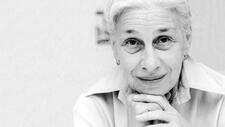
Eve Arnold
Eve Arnold was a groundbreaking photographer and writer, known for photographing fashion in Harlem, the McCarthy hearings, the civil rights movement, and Marilyn Monroe, as well as life in China, England, and the Soviet Union. Arnold was the first American woman accepted into Magnum Photos and is credited with making a remarkable artistic contribution to twentieth-century photography.

Yehudit Arnon
After surviving the Holocaust and immigrating to Palestine, Yehudit Arnon played an influential role in shaping modern dance in Israel. In 1948 Arnon and her husband helped to smuggle more than 100 orphaned children to Palestine and settled in Kibbutz Ga'aton, where she founded the Kibbutz Contemporary Dance Company.

Patricia Arquette
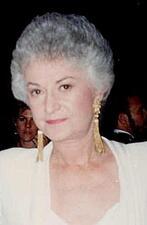
Bea Arthur
Bea Arthur began and ended her illustrious career on the stage, with critically acclaimed roles in Fiddler on the Roof and Mame in the 1960s and a one-woman Broadway performance in the 2000s. But she became a feminist and gay icon with her Emmy-award-winning television situation comedies from the 1970s through the 1990s: All in the Family, Maude, and The Golden Girls.
Artists: Contemporary Anglo
In Britain, both feminism and feminist art took considerably longer to emerge and make their mark than in the United States, but when they did, many Jewish women artists created profound artistic work. British Jewish women artists generally hold both Jewishness and gender as central to their artistic output. Their art reveals the diverse ways in which women perceive their Jewishness in contemporary Britain.
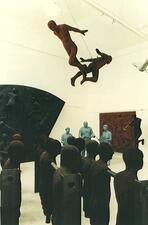
Artists: Israeli, 1970 to 2000
The inclusion of feminism in Israeli art was seen as irrelevant in the 1970s, when Israel was seen as a state of gender equality. But in the following decades, amid vast changes in Israeli society, women worked hard to make themselves seen and have their stories told in the wider world of Israeli art.
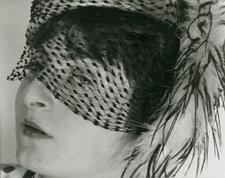
Ellen Auerbach
The life of Ellen Auerbach was a constant journey of self-discovery. Auerbach was remarkable both for her avant-garde photography and for her innovative ringl+pit studio where she and fellow artist Grete Stern worked collaboratively. In addition to photography, Auerbach m,ade short films and worked as an educational therapist with learning-disabled children.
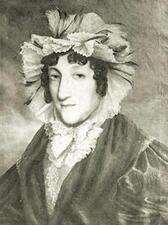
Australia: 1788 to the Present
The first Jewish women, like the first Jewish men, arrived in Australia on the very first day of European settlement in 1788. Those convict pioneers were followed by free settlers who made Jewish communal and congregational life viable and helped to develop the vast continent. Jewish women have made significant contributions to Australia's national story.

Lauren Bacall
Lauren Bacall’s 1944 Hollywood debut in To Have and Have Not catapulted her into instant stardom. Costarring with her husband-to-be, Humphrey Bogart, Bacall soon became known for her smoldering look. Throughout her career, Bacall felt pressure to relinquish her Jewish identity but held a strong allegiance to her first-generation Jewish immigrant family.
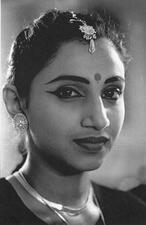
Baghdadi Jewish Women in India

Cora Baird
In a reverse of the usual sequence of events, Cora Eisenberg Baird started playing with dolls when she grew up and married puppeteer Bil Baird. They performed at the 1939 and 1940 World’s Fairs and in the 1941 Ziegfeld Follies. They created educational and public service films and founded the American Puppet Arts Council.
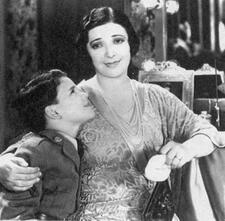
Belle Baker
Belle Baker has been described as a famed torch singer and vaudeville star, as well as a Yiddish, Broadway, and motion picture actor. Among the songs associated with her are “Eli Eli” and “My Yiddishe Mama.” Her resonant voice made her the first choice of many composers to debut their songs, and she helped to introduce 163 songs to the public throughout her career.
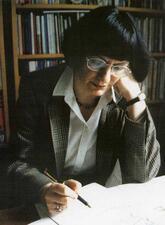
Zsófia Balla
In Hungary, Zsófia Balla is considered one of the greatest women poets. Her lyricism is mixed with grotesque playfulness along with fragmented, ironic, prose-like sequences. Due to her outspoken and down-to-earth character, she plays a large role in shaping contemporary Hungarian literature.


